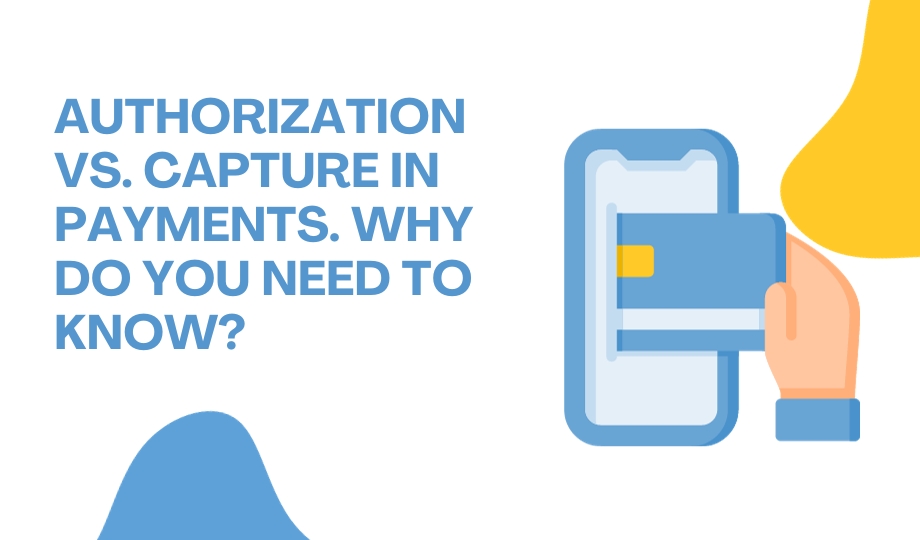For eCommerce businesses, closely monitoring metrics like cart abandonment and checkout abandonment is paramount. Neglecting these metrics can result in lost customers and substantial financial setbacks. These two metrics are intertwined and demand careful attention to ensure customer retention and profitability. In this blog, we’ll delve into the nuances of cart and checkout abandonment, exploring why customers abandon their online shopping journeys at various stages and how to mitigate these challenges. So, read on for a thorough understanding.
Cart Abandonment vs. Checkout Abandonment
Before we dive into the strategies to address abandonment issues, it’s essential to grasp the distinction between cart and checkout abandonment.
Cart Abandonment: Cart abandonment occurs when a shopper adds items to their cart but doesn’t proceed to checkout, opting to leave the website instead. This phenomenon can be attributed to factors such as website issues, excessive information requests, or limited shipping options.
Checkout Abandonment: In contrast, checkout abandonment transpires when a customer initiates the checkout process, taking the critical step towards purchase, but for some reason, fails to complete the payment, leading to abandonment. Reasons for this can include limited payment options, payment declines, or unexpected additional charges.
Here’s a table summarizing the key differences between cart and checkout abandonment:
Factors Cart Abandonment Checkout Abandonment Definition Occurs when a shopper adds items to the cart but doesn’t proceed to checkout. Happens when a customer starts the checkout process but doesn’t complete the purchase.
Reasons May result from issues like website performance, excessive information requests, or limited shipping options. Often caused by factors such as insufficient payment options, payment declines, or unexpected charges.
Level of Intent Typically reflects a lower level of buying intent. Indicates a higher buying intent.
Order Cart abandonment usually occurs after adding products to the cart. Checkout abandonment takes place during interaction with the checkout screen.
A Typical Buyer’s Journey
Understanding the stages of a buyer’s journey is vital for addressing abandonment issues effectively:
Pre-purchase: The journey begins when potential buyers search for a product online or click on advertisements. They explore your website, browse different pages, and compare products to find the perfect fit within their budget. Once they’ve chosen a product, they add it to their shopping cart.
Pro Tip: Ensure your website offers a seamless experience during this stage, with user-friendly navigation and quick page loads.
Checkout: After adding a product to their cart, customers proceed to the checkout stage. Here, they’re asked to create an account (if they haven’t already), enter shipping and payment details, apply discount coupons, and accept agreement terms.
Pro Tip: Streamline the checkout process to minimize friction and provide a seamless purchase experience.
Payment: Once customers confirm their purchase and input their information on the checkout page, they expect to receive a confirmation message confirming their order. Any disruptions during this stage can lead to customer abandonment.
Confirmation: Background checks occur before sending the confirmation. If everything aligns, customers receive a confirmation message, and the merchant can proceed to fulfill the order.
Average Cart and Checkout Abandonment Rates
Understanding industry benchmarks for cart and checkout abandonment rates is essential. On average, the checkout abandonment rate ranges between 60% to 80%, while the cart abandonment rate hovers around 69.99%. Any figures exceeding these norms should trigger immediate attention.
Here are the formulas to calculate cart and checkout abandonment rates:
Cart Abandonment Rate: (Total number of transactions completed / Total number of carts filled) 100
Checkout Abandonment Rate: (Total number of completed transactions / Total number of carts filled) 100
What Should Businesses Focus on: Cart Abandonment or Checkout Abandonment?
Both cart and checkout abandonment warrant attention from businesses. Neglecting either can impact revenue generation. However, addressing checkout abandonment demands more effort and attention because customers who reach this stage have a high buying intent.
Top Reasons for Cart and Checkout Abandonment
Understanding the underlying causes of cart and checkout abandonment is critical. Here are some common reasons:
Cart Abandonment Reasons:
Additional Expenses: Customers dislike unexpected costs beyond the product’s base price.
Trust Issues: Insecurity or a perceived lack of trustworthiness in your website can lead to cart abandonment due to fraud concerns.
Shipping Hassles: Extended delivery times or shipping complications can deter customers.
Research Phase: Some customers use the cart as a tool for research but ultimately change their minds.
Performance Issues: Slow-loading web pages or website errors negatively affect the customer experience.
Checkout Abandonment Reasons:
Unexpected Fees: Any unanticipated fees, be it for shipping or transactions, can drive customers away.
Complex Checkout: Lengthy and cumbersome checkout processes can distract customers and lead to abandonment.
Excessive Data Fields: Requiring excessive information during checkout can irritate customers.
Limited Payment Options: Inadequate payment options can pose a barrier to completing a purchase.
Security Concerns: Displaying high-quality graphics depicting security badges can instill confidence in customers.
Payment Declines: Customers are unlikely to retry payment if it’s declined.
Security Checks: While security is essential, an excessive number of checks can annoy customers.
Remarketing: Displaying additional products during checkout can irritate customers and deter them from completing their purchase.
How to Engage Customers and Reduce Cart and Checkout Abandonment
Here are some actionable tips to reduce cart and checkout abandonment rates:
Eliminate Hidden Fees: Remove unexpected charges during checkout.
Offer Guest Checkout: Allow customers to make purchases without creating an account.
Streamline Checkout: Ensure a quick, hassle-free checkout experience.
Optimize Website Performance: Improve loading times, UI, and navigation.
Payment Security with Minimal Checks: Balance security and simplicity in the checkout process.
Payment Analytics: Use payment data to identify and exempt low-risk customers.
Cross-Device Consistency: Ensure a seamless experience across all devices.
Accessible Customer Support: Make support easily reachable for customer assistance.
Payment Orchestration: Integrate solutions like Web Technology Expert to provide multiple payment methods, personalize the checkout experience, and reduce declines.
Wrapping Up
A high cart and checkout abandonment rate signal that customers are dropping off without completing their purchases, highlighting areas in need of improvement

